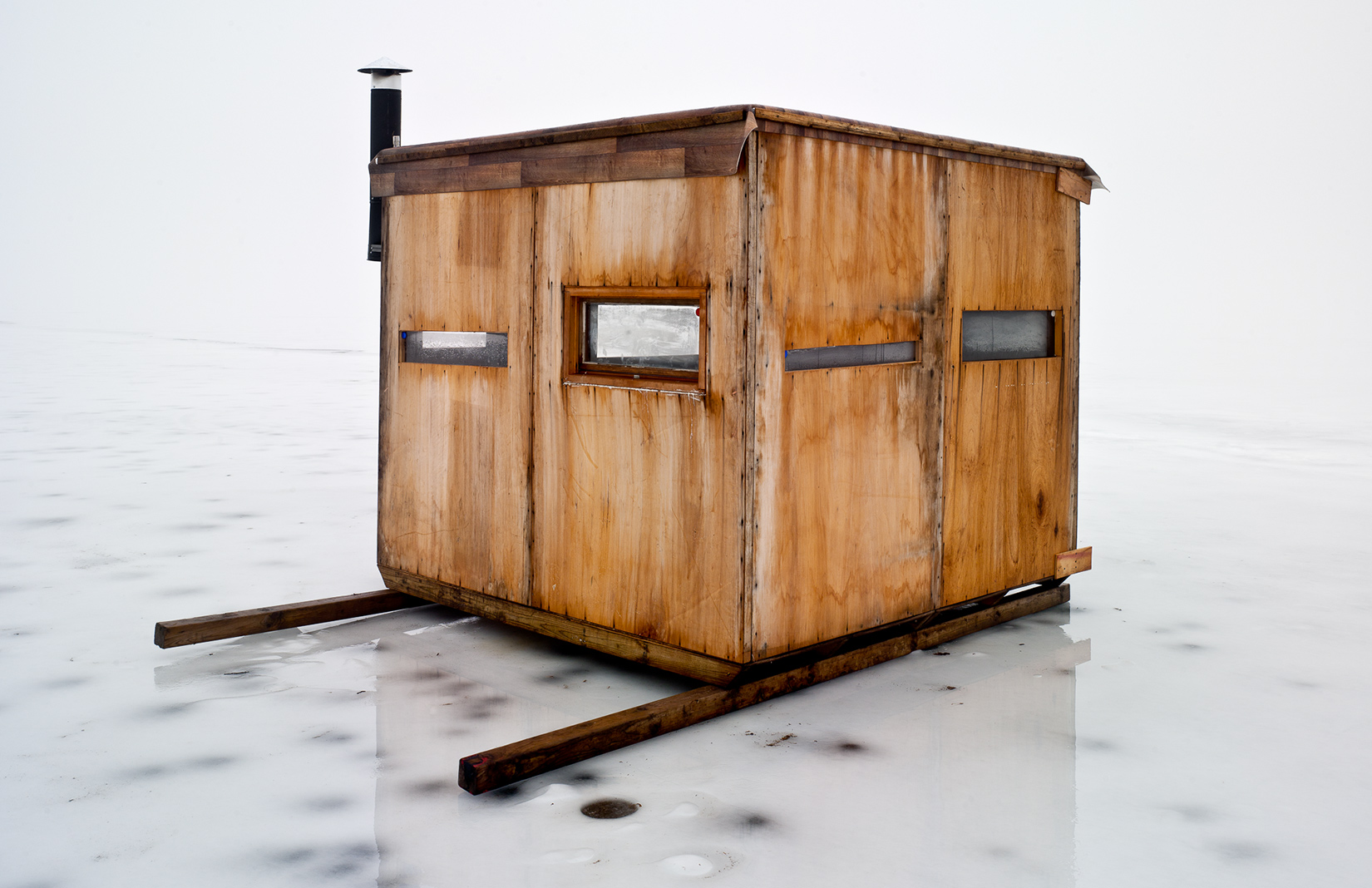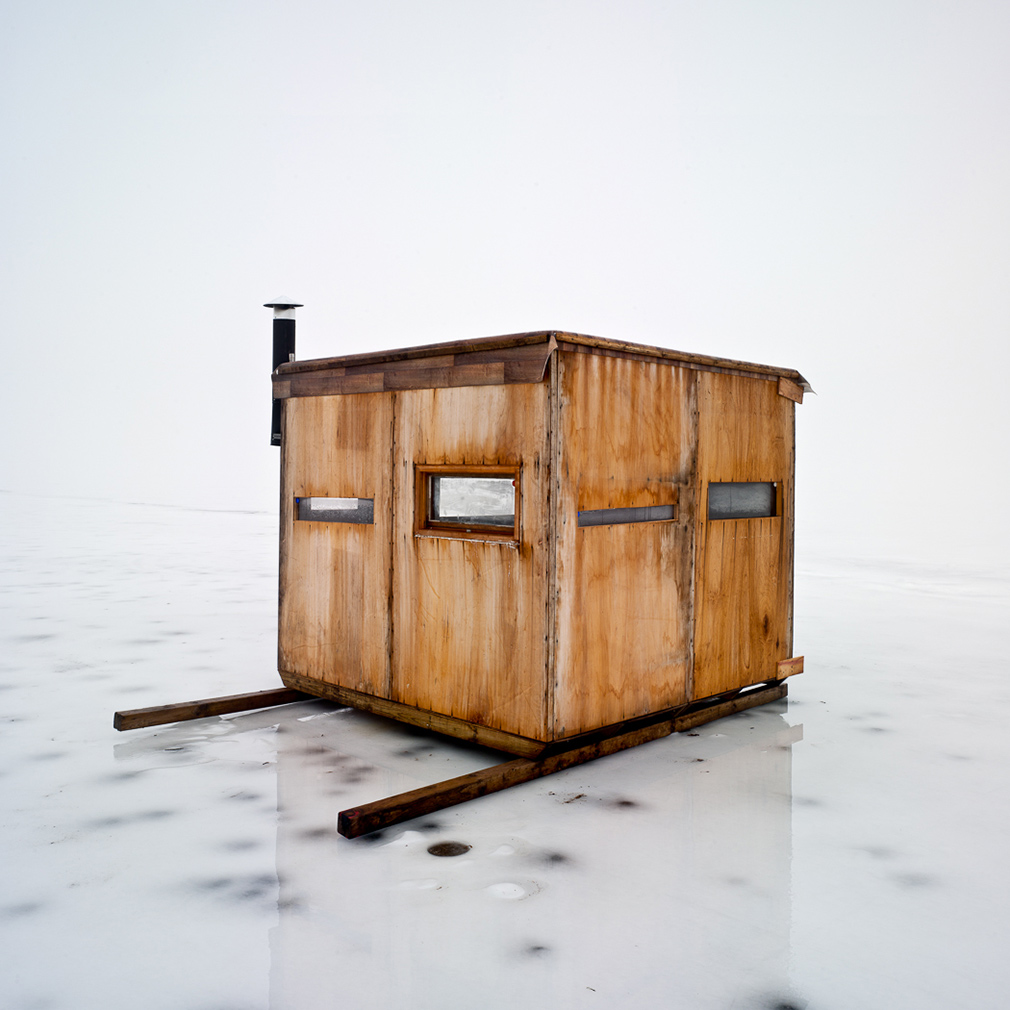
10 Weeks, Ice-fishing in Wisconsin, by Mike Rebholz
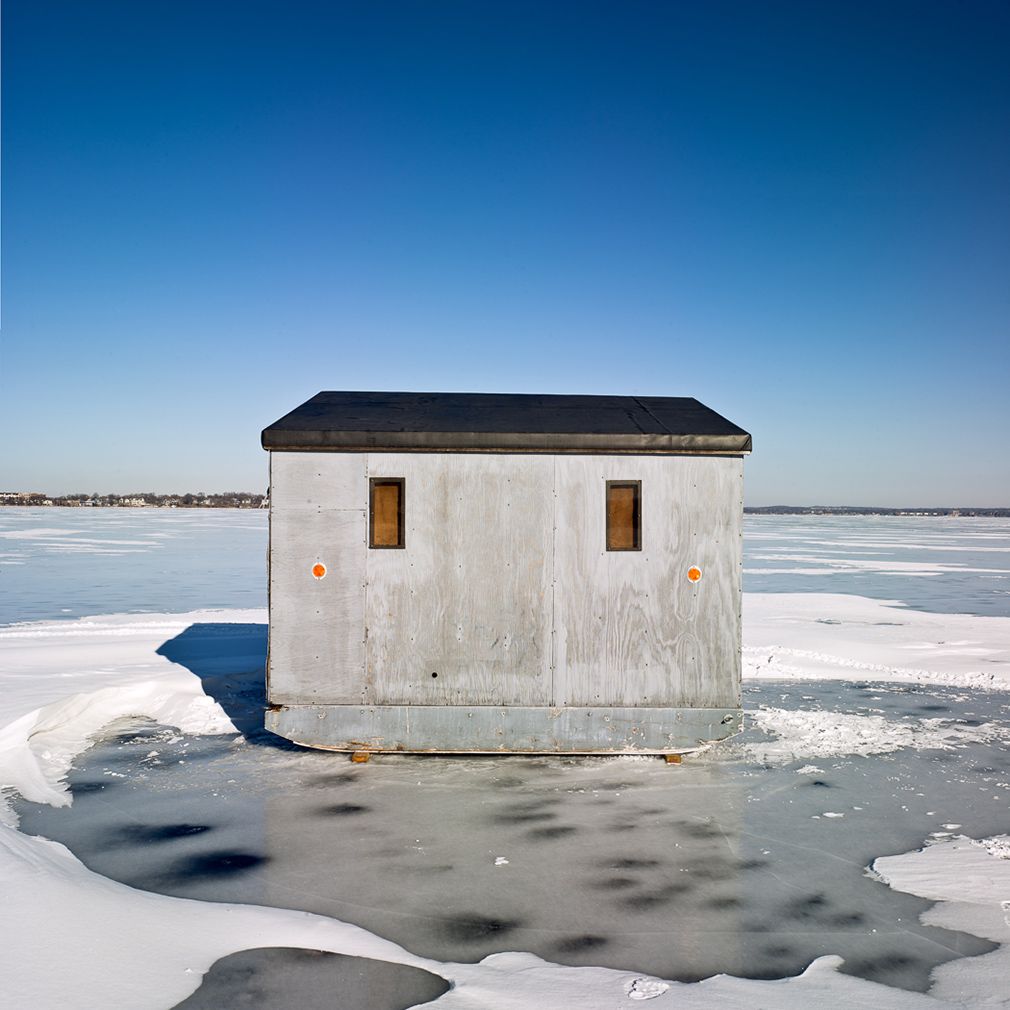
10 Weeks, Ice-fishing in Wisconsin, by Mike Rebholz
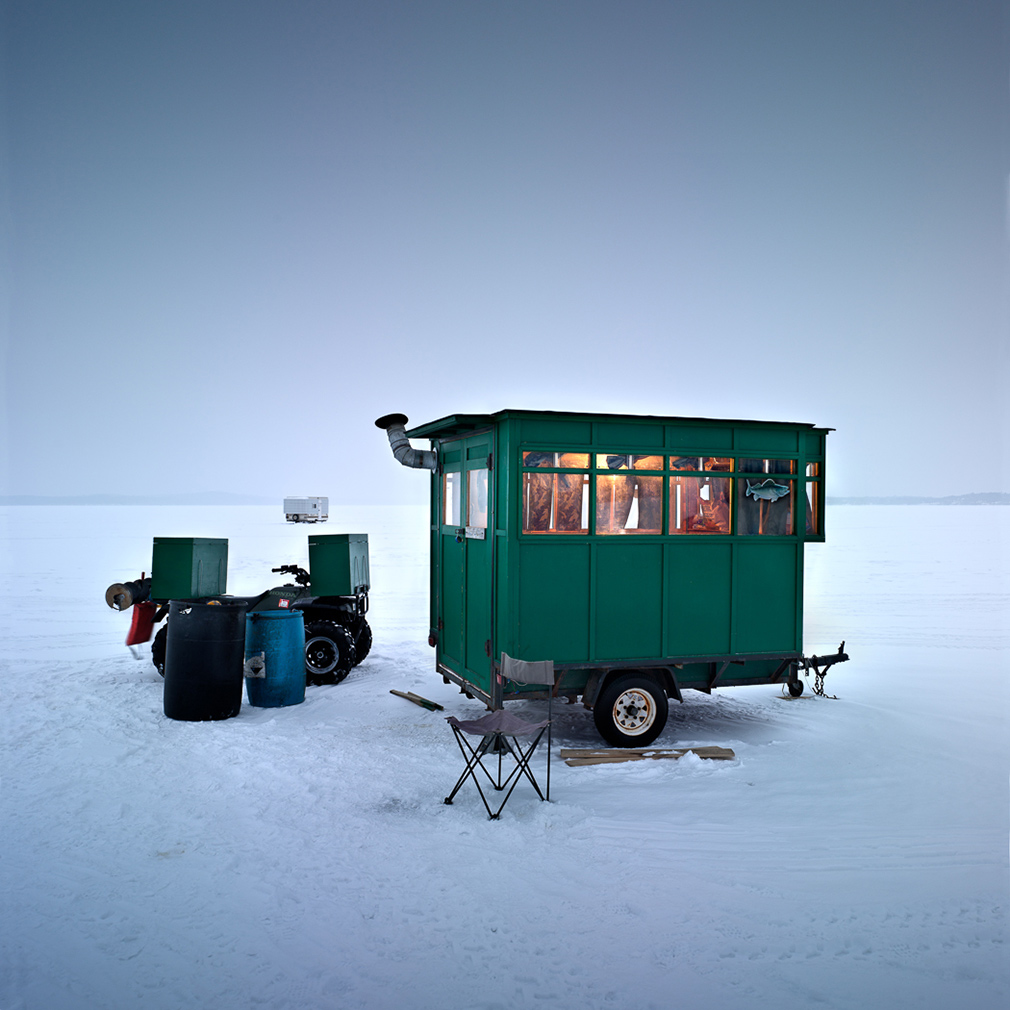
10 Weeks, Ice-fishing in Wisconsin, by Mike Rebholz
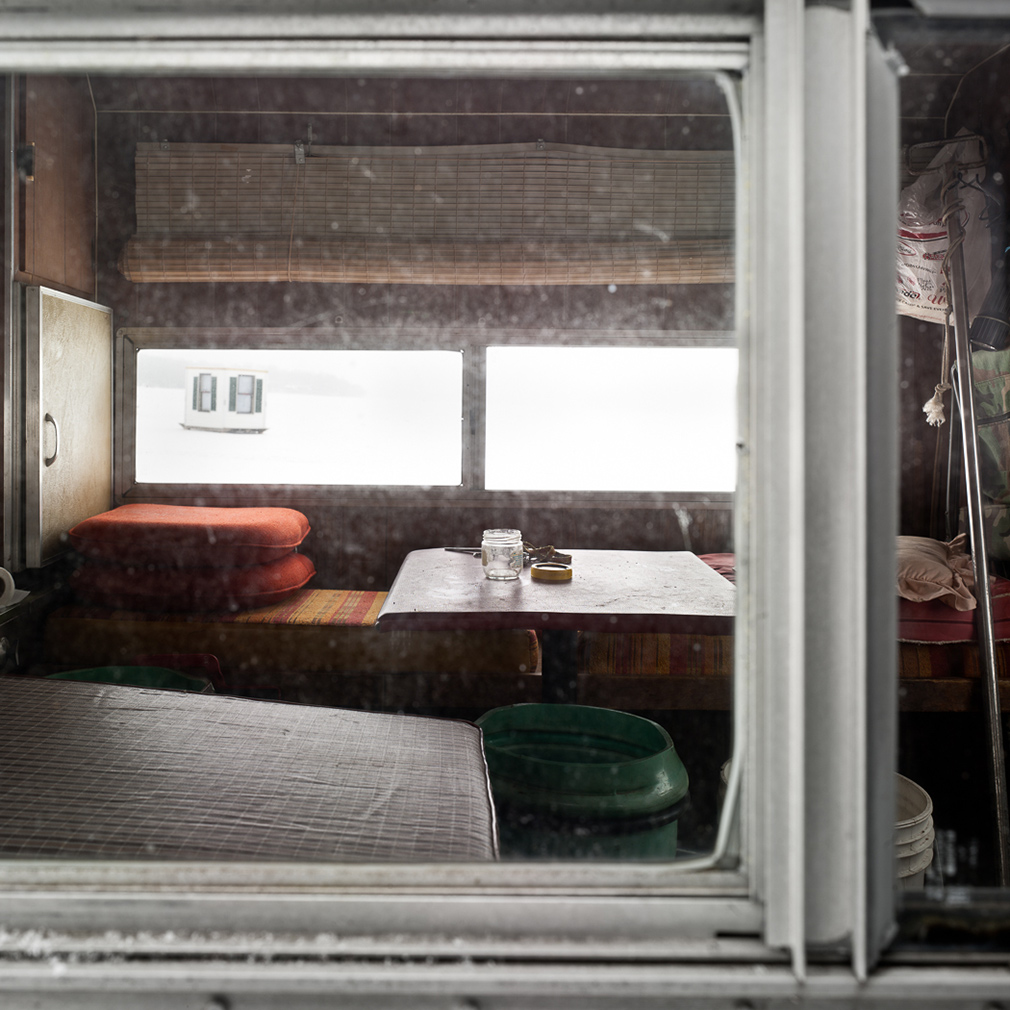
10 Weeks, Ice-fishing in Wisconsin, by Mike Rebholz

10 Weeks, Ice-fishing in Wisconsin, by Mike Rebholz
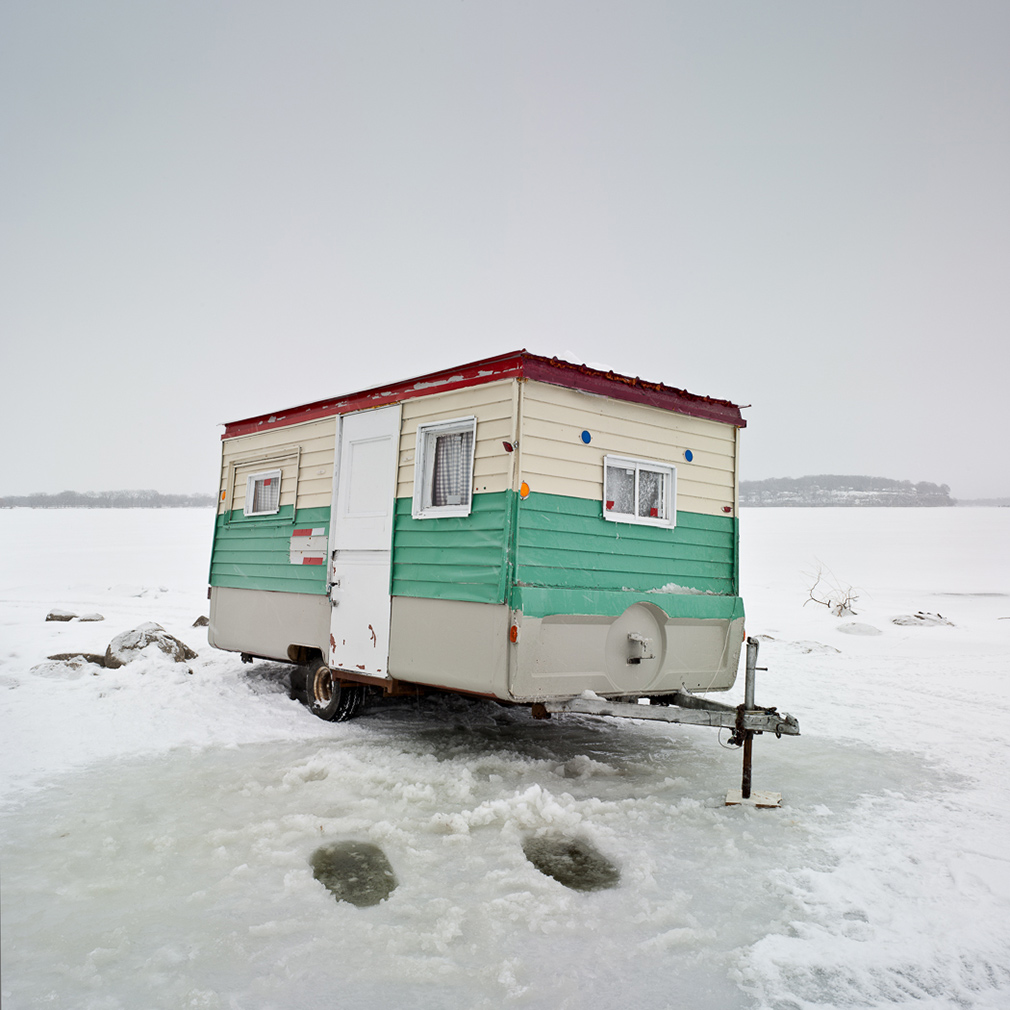
10 Weeks, Ice-fishing in Wisconsin, by Mike Rebholz
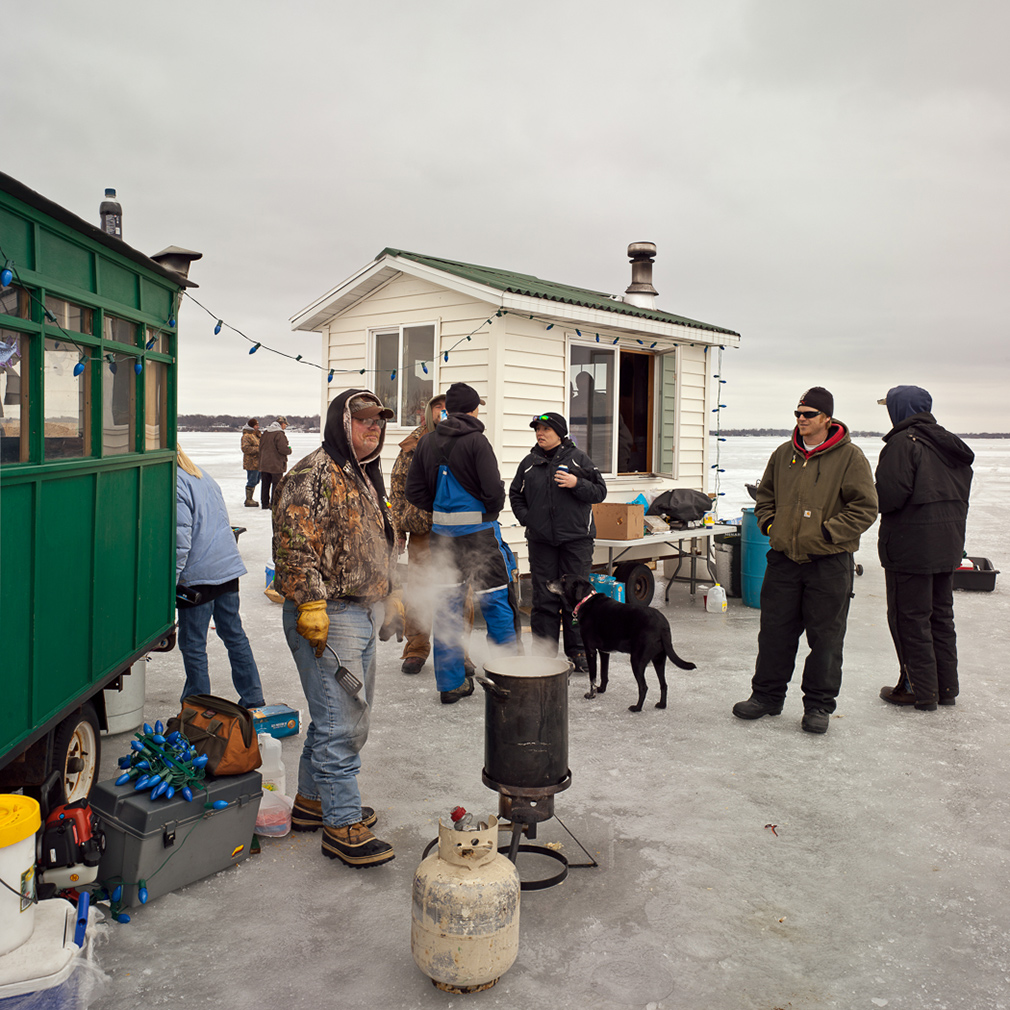
10 Weeks, Ice-fishing in Wisconsin, by Mike Rebholz
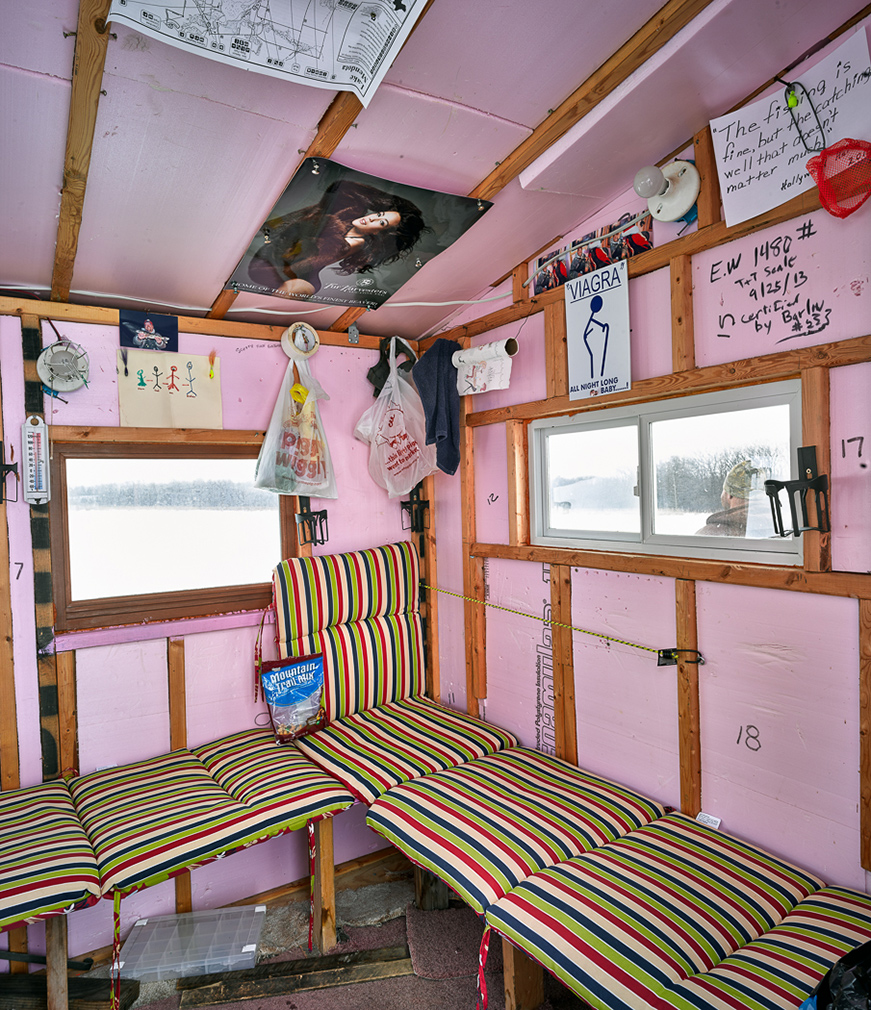
10 Weeks, Ice-fishing in Wisconsin, by Mike Rebholz
Each year, baited by the arrival of winter and its frozen lakes, the fishermen of Wisconsin head offshore for the advent of the ice-fishing season. This North American sporting tradition sees an abundance of little bobhouses spring up on the icy landscape that foster community and camaraderie during the big freeze.
Local architectural photographer Mike Rebholz began documenting this annual spectacle five years ago. For his on-going series 10 Weeks, Ice-fishing in Wisconsin, Rebholz spends most of the season traipsing around the frozen lakes, photographing those who brave the harshest elements in order to fish, and the shelters that afford them the means to do so.
Fascinated by the singularity of these rustic structures that Wisconsin fishermen call ‘home’, Rebholz set out to document the sense of identity and belonging these ephemeral shacks embody.
We spoke to him to find out more…
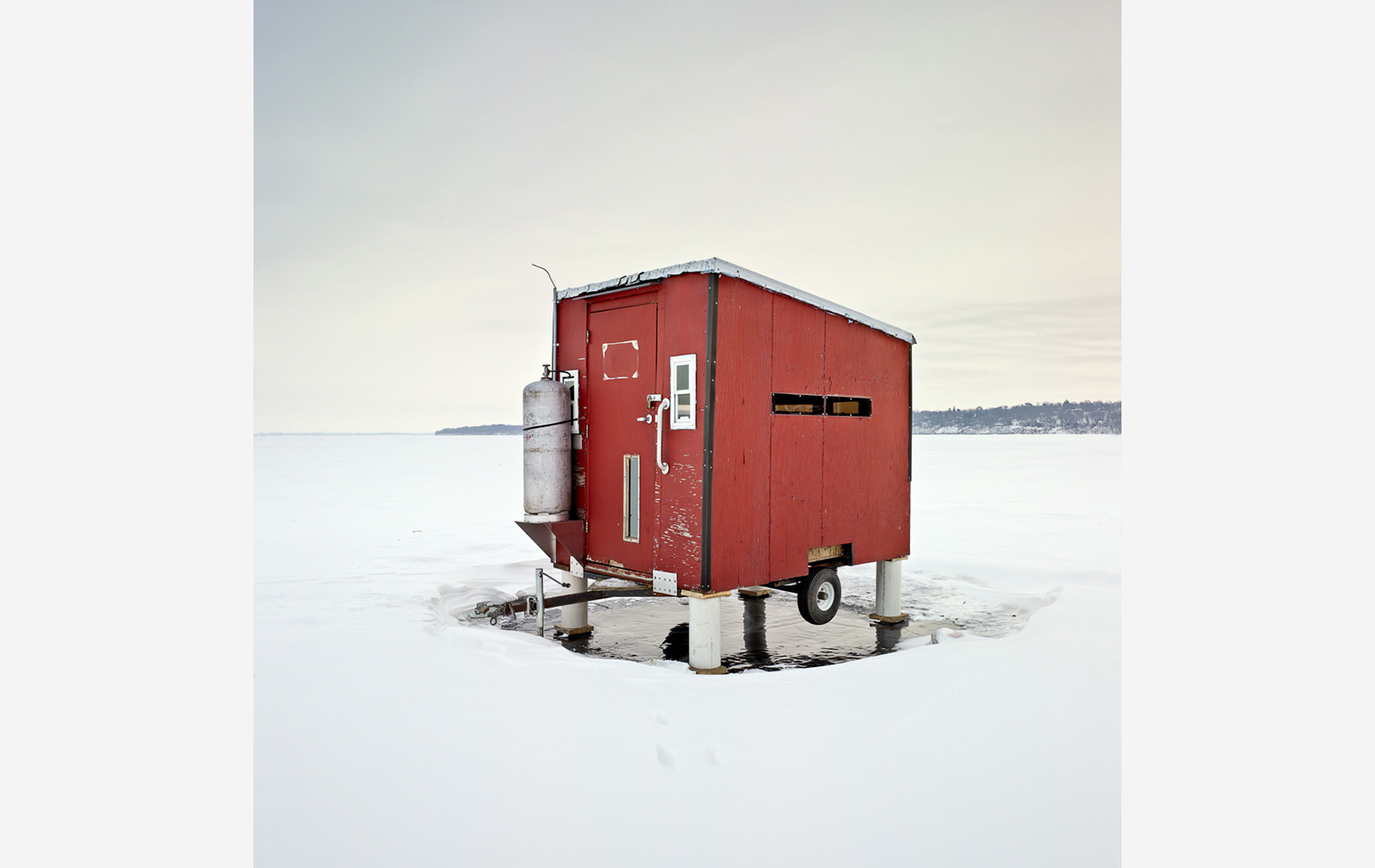
What first drew you to photographing the ice-shanties?
The first day I photographed an ice shanty was on New Year’s Eve in 2010. I was on the way home and I noticed a particularly interesting shack out on the lake that had seemingly appeared overnight. The structure as an object fascinated me; I saw a way into a world that was very close at hand, but mostly foreign to me and most of my community.
I’m an architectural photographer so the notion of photographing shelter – provisional shelter at that – fascinated me from a professional perspective. There was also the appeal of the intensely hand-crafted and idiosyncratic nature of these little buildings. No two are alike and each represents a collision of the builder’s personality, economics and the materials at hand. What perfect individual expression in a utilitarian structure.
Ice-fishing is an old tradition in the US. What parts do heritage and culture play in the series?
Culture plays a big part in this project. Ice-fishing is a phenomenon of the Wisconsin and upper Midwest culture I grew up in. I went to Fish-O-Rees with my dad when I was a young boy and have memories of men in shacks with wet wool, cigars and beer. Ice-fishing is a thing that if you grow up here, you know about through osmosis. It goes along with open-water fishing, deer hunting, seining for Smelt and drinking.
You have been photographing this project for five years. Who have you met along the way?
I have met millwrights, chefs, engineers, house painters, loggers and university researchers on the ice. There is no saying who ends up out there, though I think most are drawn by a chance to build a temporary culture that has a finite duration and is shared only by a few. It is almost like a not-so-secret society that is shared with a wink among those who know.
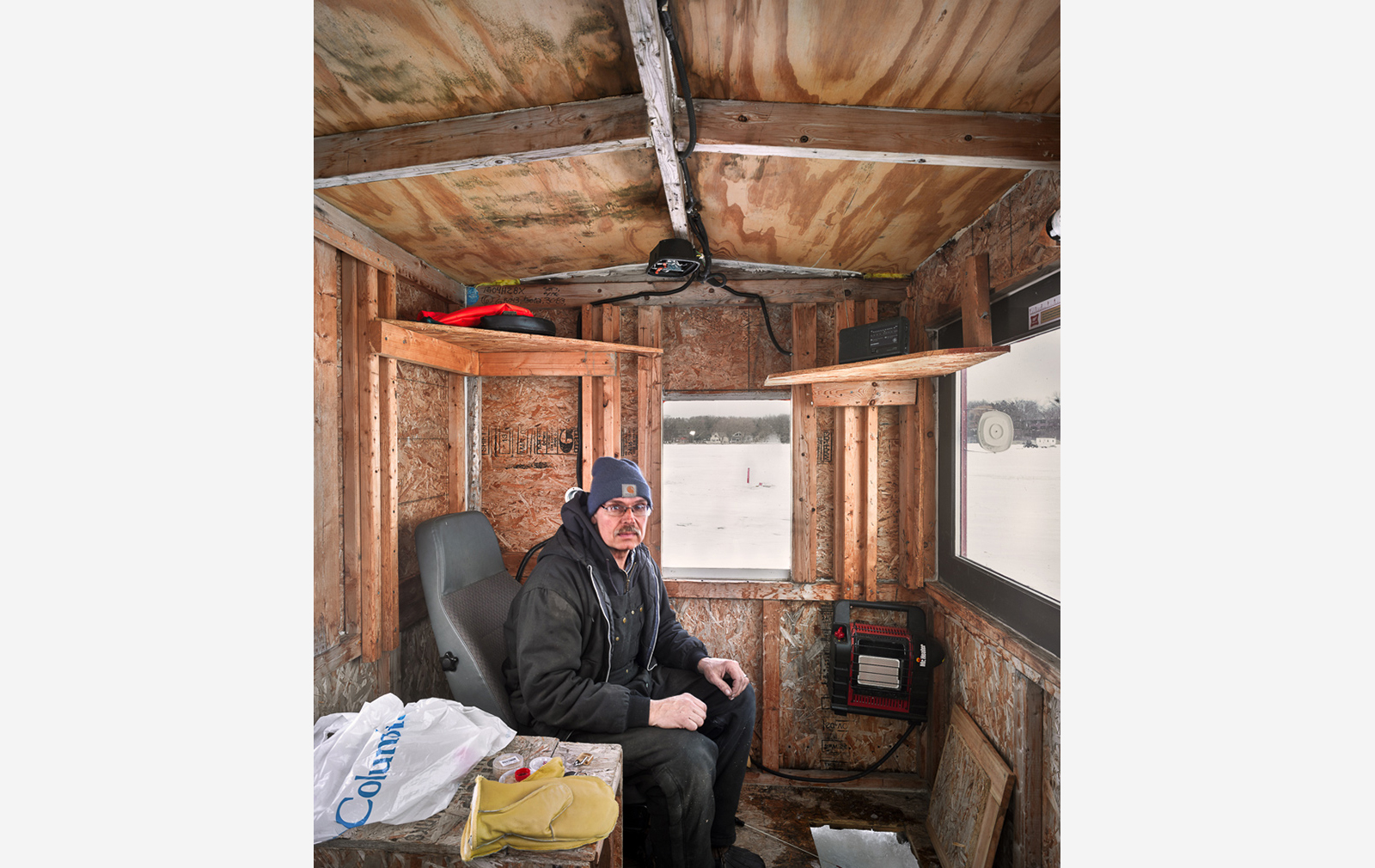
Would you say certain fisherman are house-proud when it comes to their shanties?
Yes, folks are house-proud; a shack is a piece of provisional architecture that must function in a multitude of ways. I have seen many approaches to shack construction that the perpetrators were enormously proud of. Some build conventional stick frame shacks just like their houses and put them on runners while others favour the converted camper trailer approach. A number of people appear to have been influenced by IKEA’s flat pack furniture designs.
I know a man who owns an architectural mill workshop that put together a beautiful reproduction of a Northwoods cabin on a snowmobile trailer, and another who built a shack that spent two seasons wrapped in Tyvek building sheathing before he finally sided it.
They are all proud of their shacks and their own ingenuity.
The sense of community is important within your images and you seem to be at ease with many of your subjects. What’s the general vibe down at the lake?
Community is very important to me and to those on the ice. Although the shacks are often comfortable and well-heated, you’re still on frozen water and often a long way from shore, so it helps to know people you can depend on.
The ‘vibe’ is relaxed and humour-filled. The shack is a place to get away without having spent a great deal of money. A running joke among shack owners is that their shack is their only lakefront property. Activities run to playing cards, telling stories (gossip), board games and drinking.
When the end of the season approaches the ice conditions change and the talk will turn to big fissures and soft ice. One day heading out from the boat launch on the four-wheeler you might come across a branch lain across a worn path. That means someone before you noticed soft ice in the track, turned around and went back to shore to get a branch that will serve as a warning to the others who come afterwards. That action is community, unspoken.
Over the years I’ve been photographing, I’ve come to know many of the people out there and can always find a welcome in a shack and an offer of food and drink. Over time I’ve become one of them, and when I’m done with the project I’ll probably take up actual ice-fishing because I’ll miss the time and community that’s only there for a little while.




